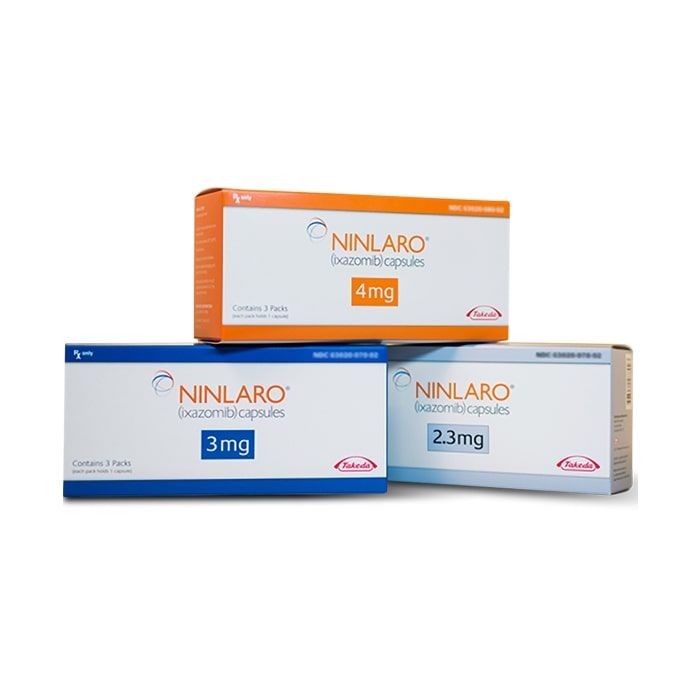It’s been known that over 8 million healthcare professionals are being exposed to hazardous drugs in the United States. And therefore, the risk of serious outcomes arises. Hospital staff dealing with antineoplastic materials are showing a 2.5 fold increase in total chromosomal aberrations. This includes a higher risk of leukemia for oncology nurses. In another report, there was liver damage discovered in nursing staff dealing with chemotherapy. Not to mention the risk over ovulation, pregnancy, miscarriage and reproductive organs among staff dealing with antineoplastic drugs.
Exposure can occur at any point dealing with the hazardous materials, starting from receiving the items from the vendors to the pharmacy stores all the way to the patient administration / infusion time. Any personnel dealing with hazardous drugs, through transportation, clean room preparation, patient dosage administration or even waste disposal may be at risk.
REFERENCES
1. Hazardous drug exposures in healthcare. Centers for Disease Control and Prevention website. www.cdc.gov/niosh/topics/hazdrug/. Published September 27, 2018. Accessed December 2, 2019.
2. Cavallo D, Ursini CL, Perniconi B, et al. Evaluation of genotoxic effects induced by exposure to antineoplastic drugs in lymphocytes and exfoliated buccal cells of oncology nurses and pharmacy employees. Mutat Res. 2005;587(1-2):45–51.
3. McDiarmid MA, Oliver MS, Roth TS, Rogers B, Escalante C. Chromosome 5 and 7 abnormalities in oncology personnel handling anticancer drugs. J Occup Environ Med. 2010;52(10):1028–34.
4. Skov T, Maarup B, Olsen J, et al. Leukaemia and reproductive outcome among nurses handling antineoplastic drugs. Br J Ind Med. 1992;49(12):855–861.
5. Hansen J, Olsen JH. Cancer morbidity among Danish female pharmacy technicians. Scand J Work Environ Health. 1994;20(1):22–26.
6. Sotaniemi EA, Sutinen S, Arranto AJ, et al. Liver damage in nurses handling cytostatic agents. Acta Med Scand. 1983;214(3):181–189.
7. Nurses’ Health and Workplace Exposures to Hazardous Substances. Study conducted by Environmental Working Group, Health Care Without Harm, American Nurses Association, Environmental Health Education Center at University of Maryland School of Nursing. Environmental Working Group website. http://www.ewg.org/research/nurseshealth/nurses-exposure Published December 11, 2007. Accessed January 24, 2017.
8. Hemminki K, Kyronen P, Lindbohm ML. Spontaneous abortions and malformations in the offspring of nurses exposed to anaesthetic gases, cytostatic drugs, and other potential hazards in hospitals, based on registered information of outcome. J Epidemiol Community Health. 1985; 39(2): 141–147.
9. Hon CY, Teschke K, Chu W, Demers P, Venners S. Antineoplastic drug contamination of surfaces throughout the hospital medication system in Canadian hospitals. J Occup Environ Hyg. 2013;10(7):374-83. doi: 10.1080/15459624.2013.789743.





